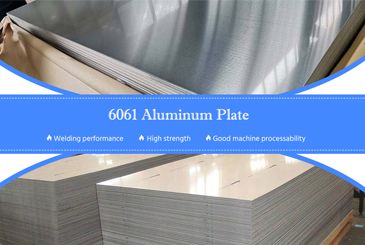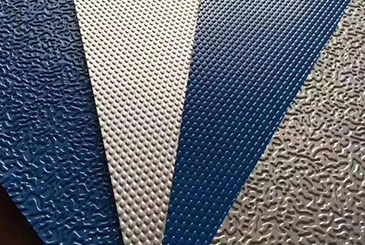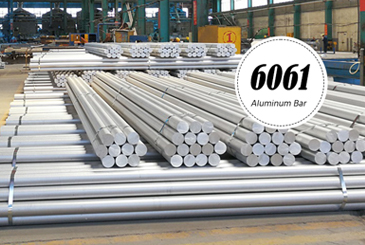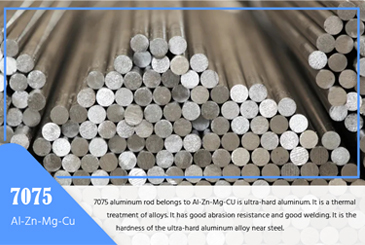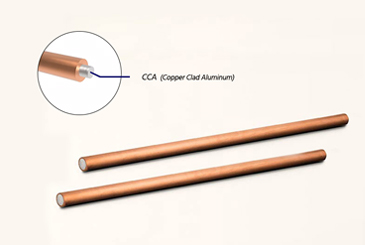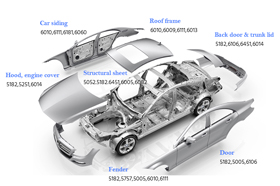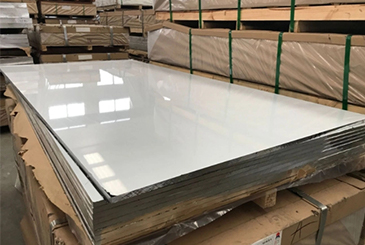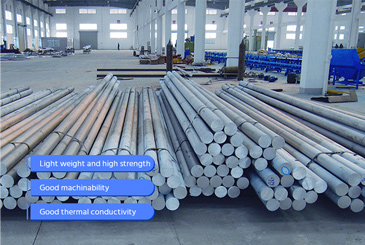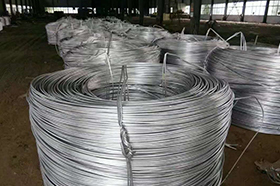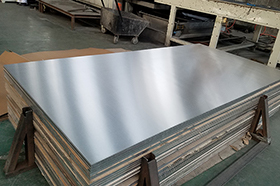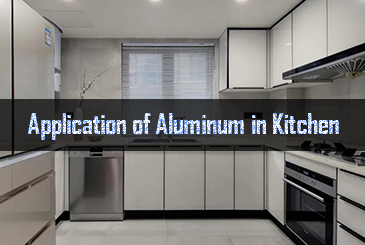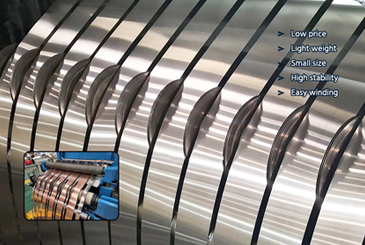In the production process of aluminum foil, it undergoes multiple processes such as rolling, finishing, annealing, and packaging, with each step closely linked. Any issues occurring in any of these processes can potentially lead to problems with the quality of the aluminum foil. So, how can one distinguish between good and bad aluminum foil?
-
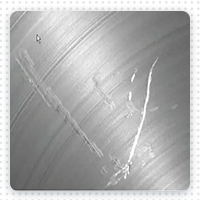
1. Aluminum Foil Impact DamageImpact damage refers to the surface or end damage caused to the foil during handling or storage, usually resulting from careless packaging.
-
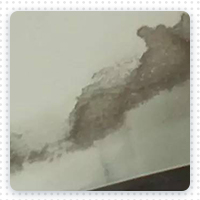
2. CorrosionWhen the aluminum foil surface comes into contact with the surrounding medium, it may undergo chemical or electrochemical reactions, resulting in defects on the surface. Corroded aluminum foil loses its luster, and in severe cases, gray corrosion products may form, significantly affecting the aesthetics of the end product.
-
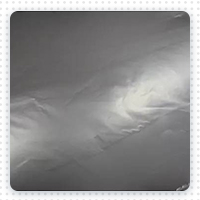
3. Surface BubblesAluminum foil with surface bubble defects exhibits irregular circular or strip-shaped voids on the foil's surface. The raised edges are smooth, asymmetric on both sides, and irregularly distributed. Surface bubbles can cause uneven stress distribution, potentially leading to foil breakage during stretching.
-
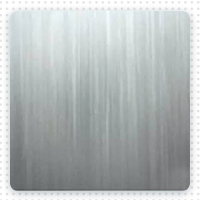
4. Dark Surface StripesCommonly found on double-rolled products, dark surface stripes exhibit obvious alternating light and dark stripes along the rolling direction, affecting aesthetics.
-
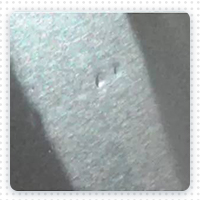
5. ImprintsVarious factors can cause imprints on the aluminum foil's surface, such as defects or metallic debris adhering to the surface of rolling or guiding rolls, unclean or smooth protrusions on the sleeve or core surface, or foreign particles sticking to the foil surface during winding. Imprinted areas on the foil's surface typically appear as individual or periodic depressions or protrusions, making them easily identifiable.
-
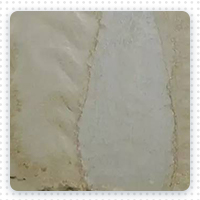
6. Oil StainsCommon oil stains on aluminum foil occur after annealing, typically presenting as pale yellow, brown, or yellow-brown spots.
-
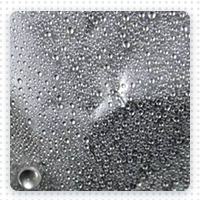
7. Incomplete DegreasingTo check whether the degreasing is clean, water brushing is usually performed after annealing to test the degreasing level. If the degreasing level does not meet the specified requirements, the aluminum foil may carry oil stains.
-
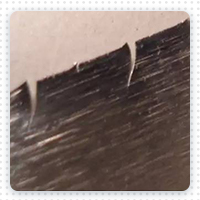
8. Edge CrackingLongitudinal edge cracks on the surface of the aluminum foil, referred to as edge cracking. In severe cases, significant notches may be visible at the edges.
-
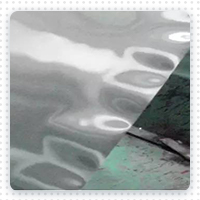
9. Poor Plate ShapeUneven deformation causes local undulations on the surface of the foil, referred to as poor plate shape. Depending on where the defect occurs, it can be classified as middle wave, edge wave, double-rib wave, or composite wave. The edge wave is located at the edges (as shown in the figure), the middle wave is in the middle, and the combination of both is called composite wave, while a rib wave is neither in the middle nor at the edges.
-
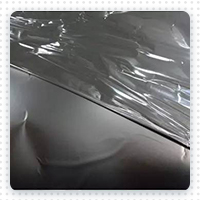
10. AdhesionAluminum foil rolls are not easy to open individually and may become clustered when multiple layers are opened, leading to products not meeting the standard free-hanging length requirements. In severe cases, individual sheets may become unopenable, significantly impacting product production.
-
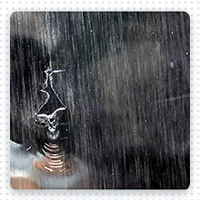
11. HolesThe aluminum foil surface is prone to the formation of holes.
-
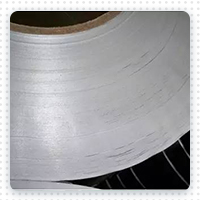
12. Loose CoilDue to insufficient tension during slitting, when aluminum foil is taken vertically along the core direction, interlayer displacement may occur. Pressing the foil with fingers may result in localized depressions.
-
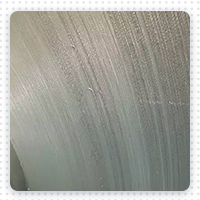
13. BurrsIrregularly sized projections present at the edges of the aluminum foil after cutting.
-
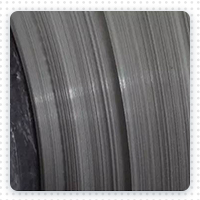
14. MisalignmentIrregular displacement of layers between the edges of aluminum foil coils, leading to uneven end faces.
-
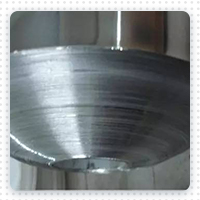
15. Tower ShapeDisplacement between layers at the ends of the aluminum foil coils, resulting in tower-shaped shifts. Tower shape is a specific type of misalignment, appearing like a tower tip when viewed from the side.
-
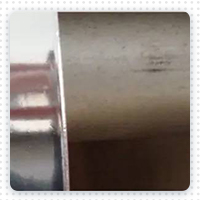
16. Edge CurlingThe phenomenon of the aluminum foil roll curling upward at both ends or one end, with the characteristic feature of the foil's edge curling upward at the upper part, noticeable to the touch with distinct concave-convex texture.
-
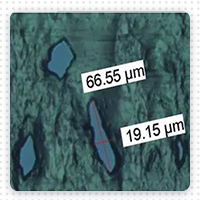
17. PinholesVisible irregular small holes on the surface of aluminum foil, which can affect the sealing properties for aluminum foil packaging materials.
-
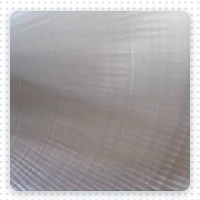
18. End Face PatternsWhen viewing the ends or the entire roll of aluminum foil from the core, radiating patterns of varying thickness along the wall are observed. After unrolling, the aluminum foil's edge may exhibit slight waves.
-

19. White StripesWhite streaks of varying width or spacing along the rolling direction of the aluminum foil. They usually appear on the lower surface of the cast-rolled strip and tend to concentrate in the middle or at the edges of the foil. As the foil is further reduced during rolling, the white streaks become more pronounced.
-
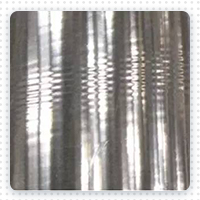
20. WrinklesSmall, longitudinal, or oblique localized protrusions on the aluminum foil surface.
-
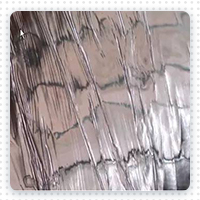
21. WrinklingLongitudinal or transverse creases on the surface of aluminum foil rolls that cannot be smoothed out.
-
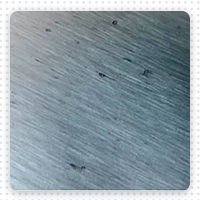
22. Bright SpotsBright spots are observed on the dark side of aluminum foil produced during double-rolling.
-
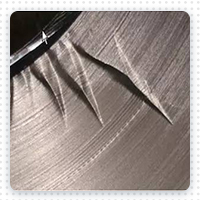
23. Arrowheads (Swallows Nests)A certain number of layers at a specific location on the end face of the aluminum foil gradually protrude from the inside to the outside. The degree of protrusion weakens from the inside to the outside or vice versa.
-
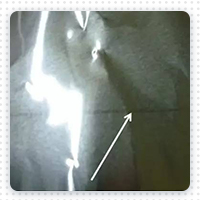
24. Black LinesContinuous dark lines along the length of the aluminum foil surface, with distinct color differences from other areas.
-
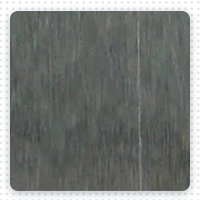
25. Bright LinesSimilar to dark lines, bright lines are continuous, longitudinal, and have distinct color differences from other areas on the aluminum foil surface.
-
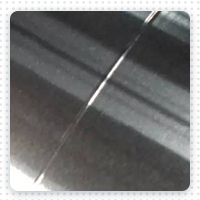
26. BucklingLongitudinal bar-shaped protrusions on the aluminum foil surface that can be felt by hand. In some cases, they disappear after removing the outer layer of aluminum foil, while in others, they run through the entire foil coil.
-
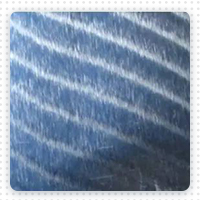
27. Horizontal StripesRegular fine stripes on the surface of aluminum foil, usually white, without concave-convex texture, sometimes appearing locally on the roll, or covering the entire surface, also affecting aesthetics.
-
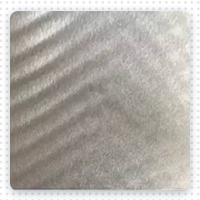
28. Herringbone PatternRegular herringbone-shaped patterns on the surface of the aluminum foil, usually white with distinct color differences, but very smooth.
-
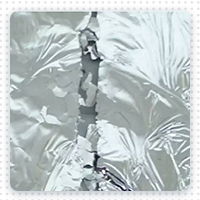
29. AirwayBar-shaped crushing caused by excessive hydrogen content in the melt during rolling, with a certain width along the rolling direction.
-
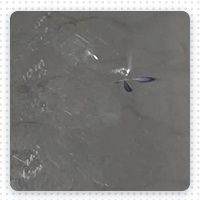
30. Rubbing MarksBundle (or group) distributed scars caused by relative sliding between edges and surfaces or between surfaces of the materials.
-
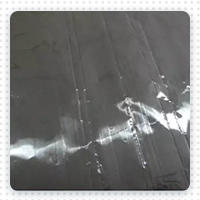
31. ScratchesDiscontinuous or continuous groove-shaped scars on the surface of the aluminum foil. They are generally generated when sharp objects come into relative sliding contact with the foil's surface.
-
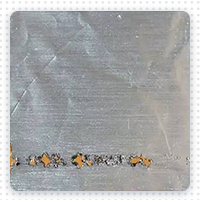
32. Non-Metallic InclusionsNon-metallic impurities pressed into the surface of the aluminum foil, exhibiting distinctive yellow-black spots or elongated defects. This defect is easily noticeable.
-
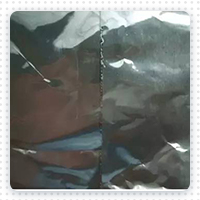
33. CrackingNaturally occurring longitudinal cracks along the rolling direction after rolling the aluminum foil.
-
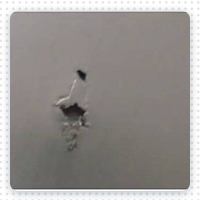
34. Roller MarksPeriodic traces of compression on the surface of the aluminum foil, some appearing in a mesh pattern, with dimensions generally larger than those of pinholes.


